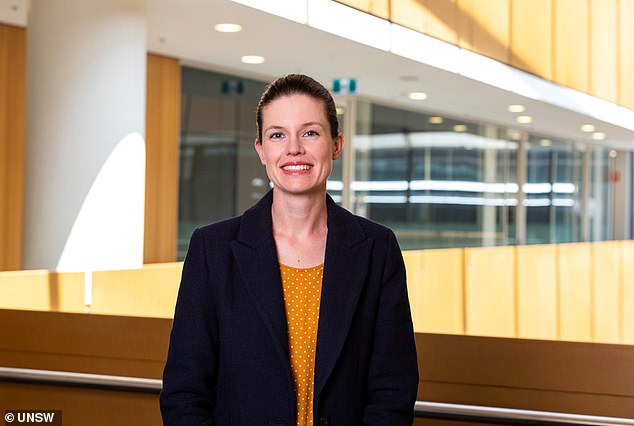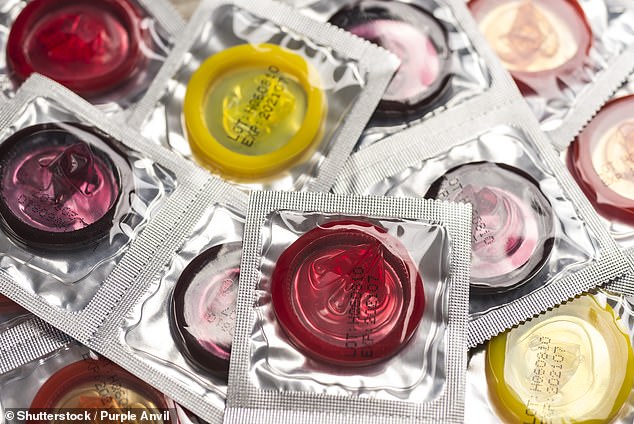The concerning STI on the rise among Aussies – and it’s now hitting one group harder than others
Cases of syphilis are rising at an alarming rate across Australia, with the number of people contracting the disease tripling in the past decade.
Leading health research agency, UNSW's Kirby Institute in Sydney, found that 6,036 Aussies were diagnosed with the sexually transmitted infection (STI) in 2022, 466 more cases than the previous year.
Case rates among Indigenous Australians are five times higher than among non-Indigenous Australians, and men are more commonly affected than women.
The disease can damage vital organs such as the brain and heart, and can also lead to death if left untreated.
Health experts are particularly concerned about the rise in the number of women infected with the disease, with cases among women increasing sixfold in a decade.
There has been a worrying rise in syphilis cases in Australia, with 6,036 Aussies diagnosed with the disease in 2022, 466 more cases than the previous year
Kirby Institute epidemiologist Skye McGregor said the disease can be passed to unborn babies during pregnancy.
“Congenital syphilis is an extremely serious condition for infants that can have significant lifelong health consequences, and in the most severe cases can be fatal,” Dr McGregor said.
“Congenital syphilis diagnoses are fourteen times higher among Aboriginal and Torres Strait Islander babies compared to non-Indigenous babies,” she said.
Of the fifteen cases of syphilis found in unborn children last year, five died after birth or from stillbirth.
Congenital syphilis occurs as a result of 'transplacental transmission' during pregnancy or from mother to baby during birth.
The pandemic has reduced the number of people getting tested for sexually transmitted diseases, which could have led to a rise in cases.
Outbreaks in rural Queensland that began in 2011 have also contributed to more infections.
Since then, the disease has grown epidemically in remote parts of far north Queensland, with more and more communities at risk.
Sexual Health Victoria medical director Kathleen McNamee said the infection has now become more widespread, with more people presenting to sexual health clinics having contracted the disease.
“In the past, we thought of syphilis as really isolated in a community, especially men who had sex with men, but now it's something that spreads throughout the general community,” Dr. McNamee to the ABC.

Epidemiologist Dr Skye McGregor (pictured) said the infection is harmful to vulnerable people, such as pregnant women

People can prevent infection by using a condom (stock image) and being tested regularly for STDs
She said most people don't realize they've contracted the disease until they get tested.
“At least 50 percent of the (cases) we see are only picked up through a blood test, they have no symptoms at all.”
There are several symptoms of syphilis that usually occur in different stages.
People who are infected usually develop sores in their mouth, genitals, or cervix during the first phase of the disease.
Even after these sores disappear, people can still spread the disease to others, especially those they have had sex with.
During the second stage, people may develop a rash on their hands, chest and back.
Anyone infected with the disease should speak to their doctor as soon as possible and seek treatment.
People can prevent infection by wearing a condom during sex and being tested regularly for STDs.
